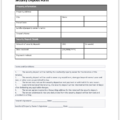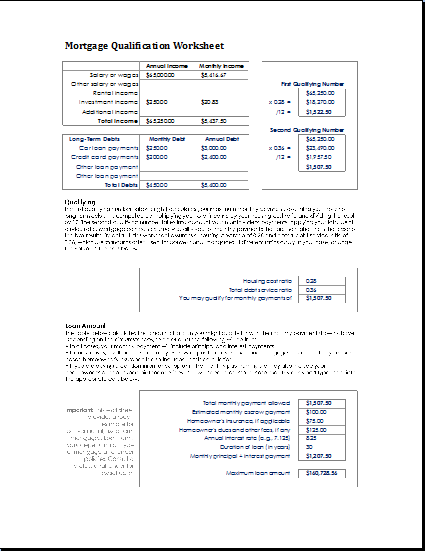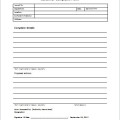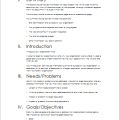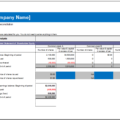Equipment inventory is an important aspect of an organization that relies on machinery and tools to function. It is a comprehensive list of all the equipment, tools, and machinery that the organization owns, including details such as the manufacturer, make, model, serial number, purchase date, and current condition of each item. Typically, an equipment inventory is used to keep track of the maintenance and repair of equipment, as well as to plan for future purchases and upgrades.
An equipment inventory, to function and to be effective, needs to be accurate. The inventory should be kept up-to-date and should include all equipment, even if it is not currently in use. This ensures that the organization has an accurate understanding of its equipment even when it is dead stock and can make informed decisions about future purchases or repairs.
Creating an inventory…
There are various methods for creating and maintaining an inventory of equipment. To keep the information electronically, one typical option is to utilize a spreadsheet or database. This enables simple data searching and sorting, and it can be shared with others for editing and updating. Another alternative is to store the information in a physical inventory system, such as a binder or folder.
The location of each item is another critical part of an equipment inventory. This covers both the room or area in which the equipment is housed and the specific placement inside that room or area. This information can be used to rapidly identify and locate equipment when it is required. This is especially critical for businesses with many locations or large buildings.
An equipment inventory should also track the maintenance and repair history of each item in addition to the equipment itself. This information contains the last maintenance check date, any repairs made, and the cost of those repairs. This information is critical for budgeting and future maintenance and repairs.
Compliance with laws and regulations is another key feature of an equipment inventory. Safety-sensitive equipment, for example, must be inspected and maintained regularly to ensure that it is in safe working order. An inventory of equipment can assist firms in staying on top of these requirements and avoiding penalties.
Finally, it is essential to keep track of the warranty status of the equipment. This includes the date of purchase, the warranty period, and the contact information of the supplier or manufacturer. This information is useful in case the equipment breaks down and needs to be repaired or replaced. This also helps the organization maintain a positive feedback system for the equipment and maintenance services. This helps in shaping future decisions and keeping customers satisfied.
Conclusion
Equipment inventory is an imperative component of an organization or a firm that relies on machinery and tools to function. It enables businesses to keep track of equipment maintenance and repair, as well as plan for future purchases and upgrades. An effective inventory of equipment should be accurate, up-to-date, and conveniently accessible. It should also keep track of each item’s maintenance and repair history, as well as its location and warranty status.
Template
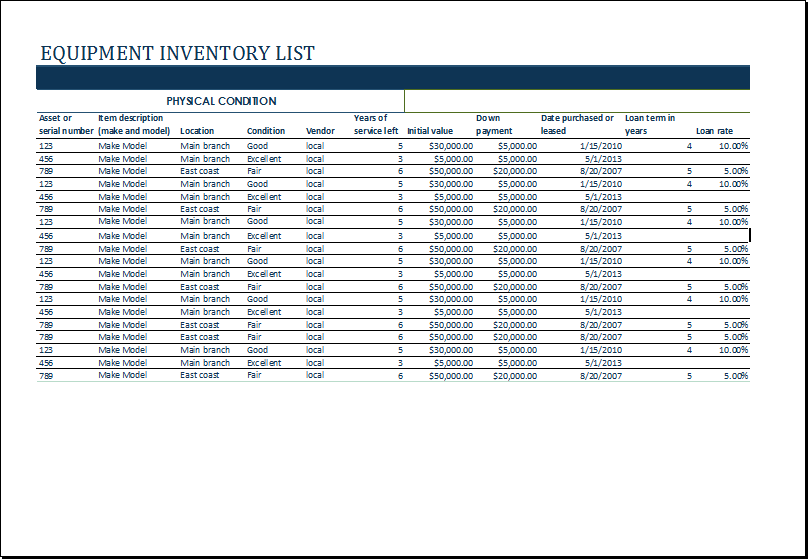
Excel (.xlsx) File 34 KB
